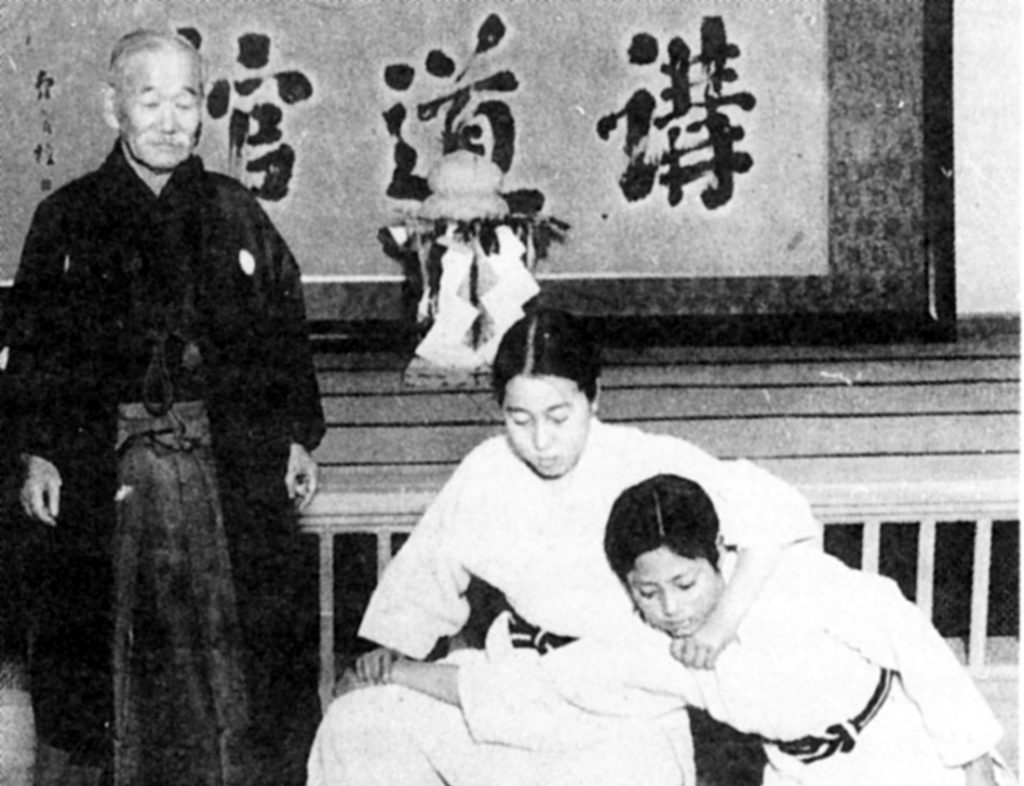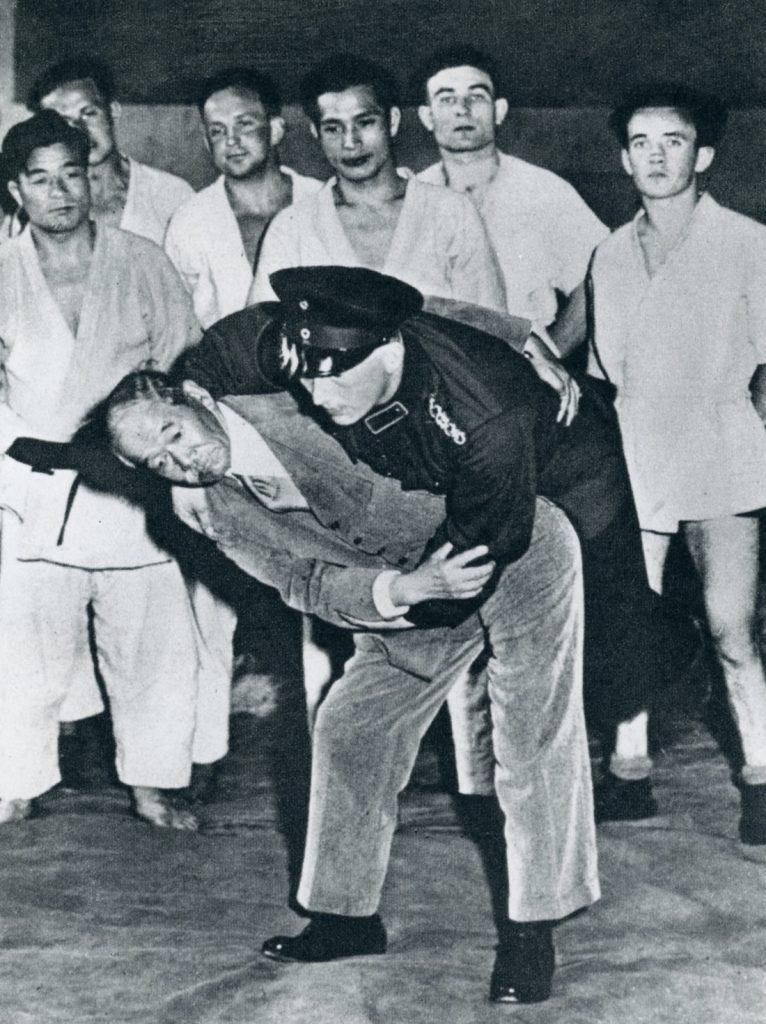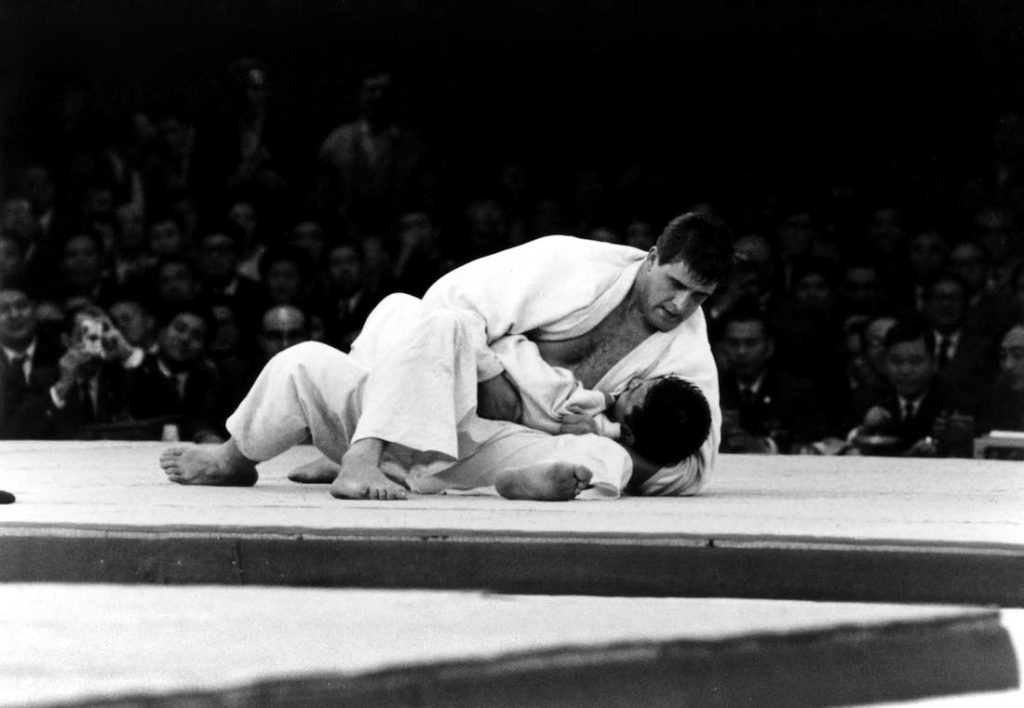Stories from Past Olympics and Paralympics - 4How Jigoro Kano’s thinking changed the world

Japan’s Olympic movement began in 1909, when Jigoro Kano, principal of Tokyo Higher Normal School (the present University of Tsukuba), became the first person from Asia to serve on the International Olympic Committee (IOC).
Following the success of the London 1908 Olympic Games (the 4th Olympiad), an increasingly confident IOC President Pierre de Coubertin of France felt that the Games should set its sights beyond Europe and the Americas, and looked to Japan, which had recently defeated Russia in the Russo-Japanese War (1904-5). The French ambassador to Japan at the time was his school-age friend Auguste Gérard, who introduced Mr. Kano to him as “the perfect person.”
Mr. Kano was born in 1860 into a sake brewing family in what is today Hyogo Prefecture. In 1881, he completed his studies in political science and political economy at what is today the University of Tokyo and the following year he became a professor and vice principal at Gakushuin (Peers School). This marked the beginning of his life as an educator. After positions as vice principal at middle schools affiliated with the present Kumamoto University and the University of Tokyo, in 1893 he became principal of Tokyo Higher Normal School, a forerunner of the University of Tsukuba.
At Tokyo Higher Normal School he introduced swimming practice and long distance running competitions for all students, establishing the physical education program that is now the University of Tsukuba’s School of Physical Education, Health and Sport Sciences. In addition to increasing the physical condition of young people, he also emphasized the promotion of physical education and sports.
Having been small and frail as a child himself, he felt a need to build up his own physical strength, and from his student days studied the Tenjin Shinyo-ryu and Kito-ryu styles of the Japanese martial art jujutsu. Eventually, he combined and improved on the best features of both of these forms to create “judo” as a new subject that could have educational value. In 1882, he established the Kodokan dojo (school and training space) in a room at Eisho-ji temple in what is now Tokyo’s Higashi Ueno. In addition to waza techniques, he emphasized both physical and mental training with kata forms consisting of pre-arranged series of techniques, and also taught the importance of rei, or etiquette, which includes bowing to your opponent at the beginning and end of every judo match.
After the Sino-Japanese War of 1894-95 ended, he established the Kobun Gakuin as an educational institution for exchange students from China in 1896. The curriculum was similar to Tokyo Higher Normal School’s, and was one of his early efforts in terms of international exchange.
At an IOC meeting in Berlin held on May 27, 1909, IOC President Coubertin recommended Mr. Kano for membership, making him the first member of the IOC from Asia, at the age of 48. Mr. Coubertin was also an educator, and according to Hisashi Sanada, a professor of health and sport sciences at the University of Tsukuba, he had already been aware of Mr. Kano and judo from the books “Out of the East” and “Kokoro” by Lafcadio Hearn.
Mr. Hearn was born in Greece and lived as a child in Ireland, and eventually moved to the United States. He came to Japan in 1890, where he married and took the name Yakumo Koizumi. Mr. Hearn was one of the first people to introduce Japanese culture to the West, writing a number of books including English translations of Japanese ghost stories. In 1891, he took up a position as an English teacher at the school in Kumamoto where Mr. Kano was serving as vice principal, and there he was exposed to judo for the first time. He frequently visited the dojo, and marveled how the victor did not rely on his own strength, but rather used his opponent’s strength to defeat him. Remarking on this, Mr. Kano explained the essence of judo as being victorious by not directly opposing your opponent’s strength. This helped Mr. Hearn better understand Japanese people and Japanese culture, which he introduced to the Western world through books like “Out of the East” and “Kokoro.”
An episode that demonstrates Mr. Kano’s thinking about the essence of judo took place when he spent nearly 18 months touring the United States and Europe from 1889, after retiring from Gakushuin. On the return journey, he demonstrated judo by throwing a Russian sailor who was on the ship. The Russian was significantly larger, but as he was twisting left and right, Mr. Kano matched his movement to throw him by the hip over his back. As the large Russian was coming down, he held his hand to support him so that he would not injure his head. The ship’s passengers were astounded. Mr. Kano later wrote in his English diary that afterward, he and the Russian became friends and spent much time talking during the remainder of the voyage.
In addition to the concepts of using softness to control hardness and small controlling large, the essence of judo includes being considerate of one’s opponent. Mr. Kano stressed that the purpose of judo was not just to improve one’s one strength and vitality, but to use that strength and vitality for the common good of society. He summarized this philosophy as seiryoku-zenyo (maximum efficient use of energy) and jita-kyoei (mutual prosperity for self and others).
When he would visit Europe for Olympic Games or IOC meetings, he demonstrated judo techniques and explained this philosophy. After he became an IOC member, he developed a desire to explain the Japanese mind and the spirit of judo to the West. Later, judo spread as students from the Kodokan traveled and came to live around the world, first in Britain, then Germany, France, and the Netherlands. This culminated with the inclusion of judo in the Tokyo 1964 Olympic Games.

Initially, Olympic judo had four weight classes – lightweight, middleweight, heavyweight, and an open category with no weight restrictions. At the 1964 Games, Japanese judoka won the three weighted classes, but the open class was won by Anton Geesink of the Netherlands, who defeated Akio Kaminaga of Japan in a final match that lasted more than eight minutes.

After the match, the Dutch coaches were so overjoyed that they started to run onto the tatami mats where the match took place without taking off their shoes, but Mr. Geesink held them back, saying that judo begins and ends with a bow, and that they should not defile the sacred tatami. He later became an IOC member and recounted that this was the teaching of Mr. Kano and had been passed on to him by his teacher, showing that in addition to the techniques, the spirit of judo had spread to other countries as well. Although some lamented that Japanese judo had been defeated at the 1964 Games, this also marked the blossoming of the “global judo” that Mr. Kano had advocated, and judo is now practiced in 204 countries and regions.
お問い合わせ
Public Relations Team
The Nippon Foundation
- Email: cc@ps.nippon-foundation.or.jp



